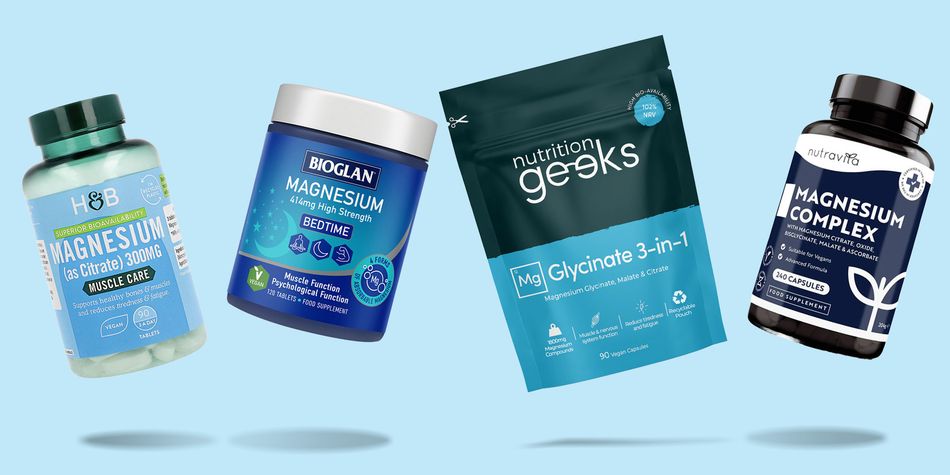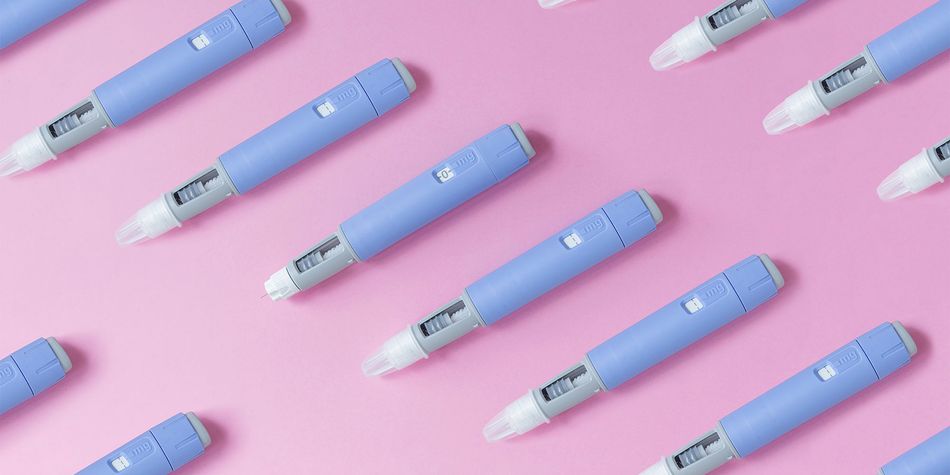What is matcha? The benefits, risks and buying tips
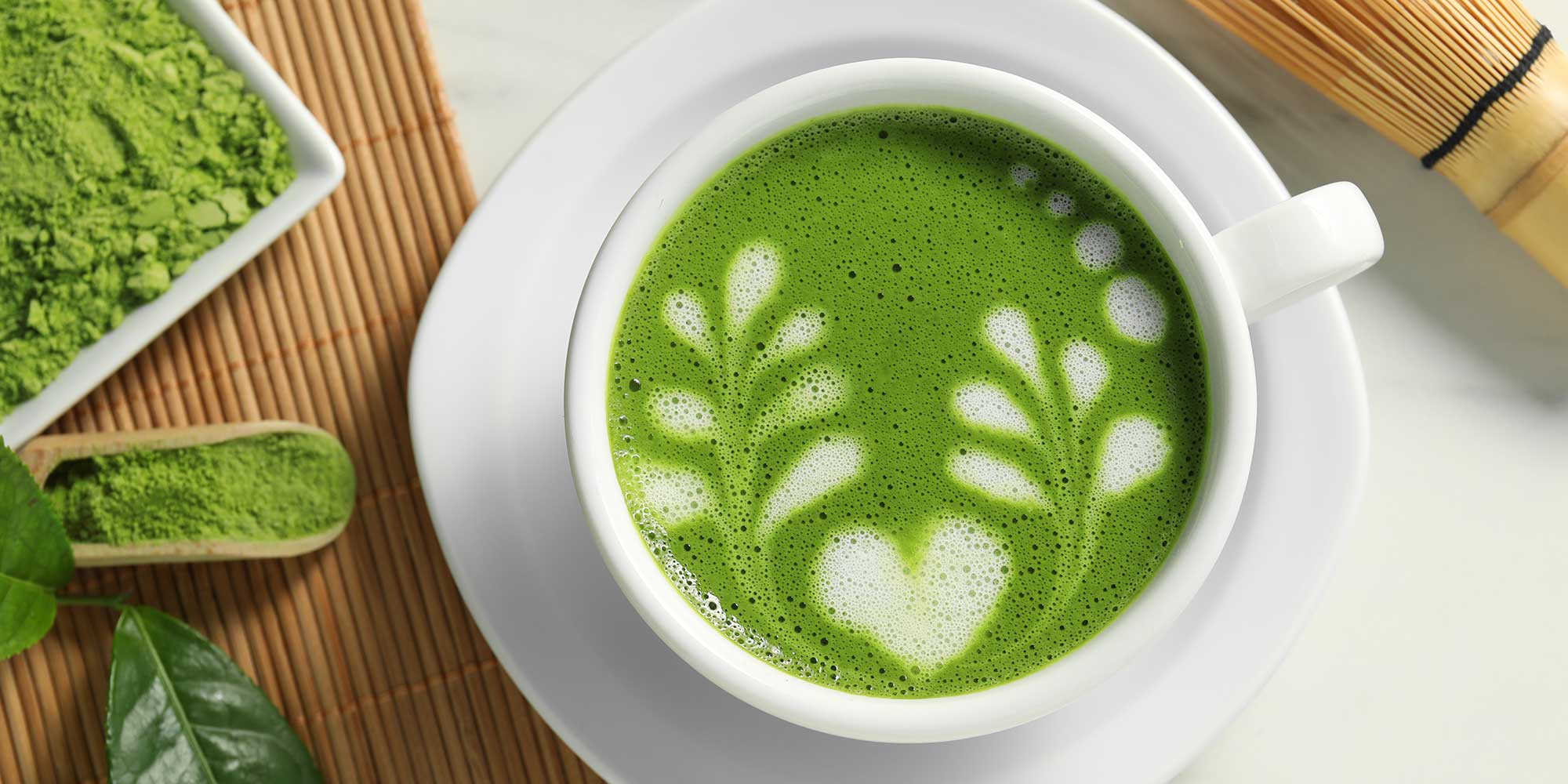
Matcha – the vivid green powder being whizzed up in coffee shop lattes, scooped into smoothies, and even included in popular chocolate bars – has gone from a centuries-old Japanese tradition to a modern wellness craze, seemingly overnight.
Its supposed health benefits range from boosting heart health and cognitive function to aiding weight management and supporting gut health, with much of the hype centred on its antioxidant values.
But is it really that good for us? And what actually is it? Science is still emerging, and many of these ‘healthy’ benefits are based on limited evidence rather than proven in large-scale human trials. Here’s what we know about matcha so far, and what to look out for when buying.
Live well, eat better and stay healthy – sign up to our free monthly Food & Health newsletter
What is matcha tea?
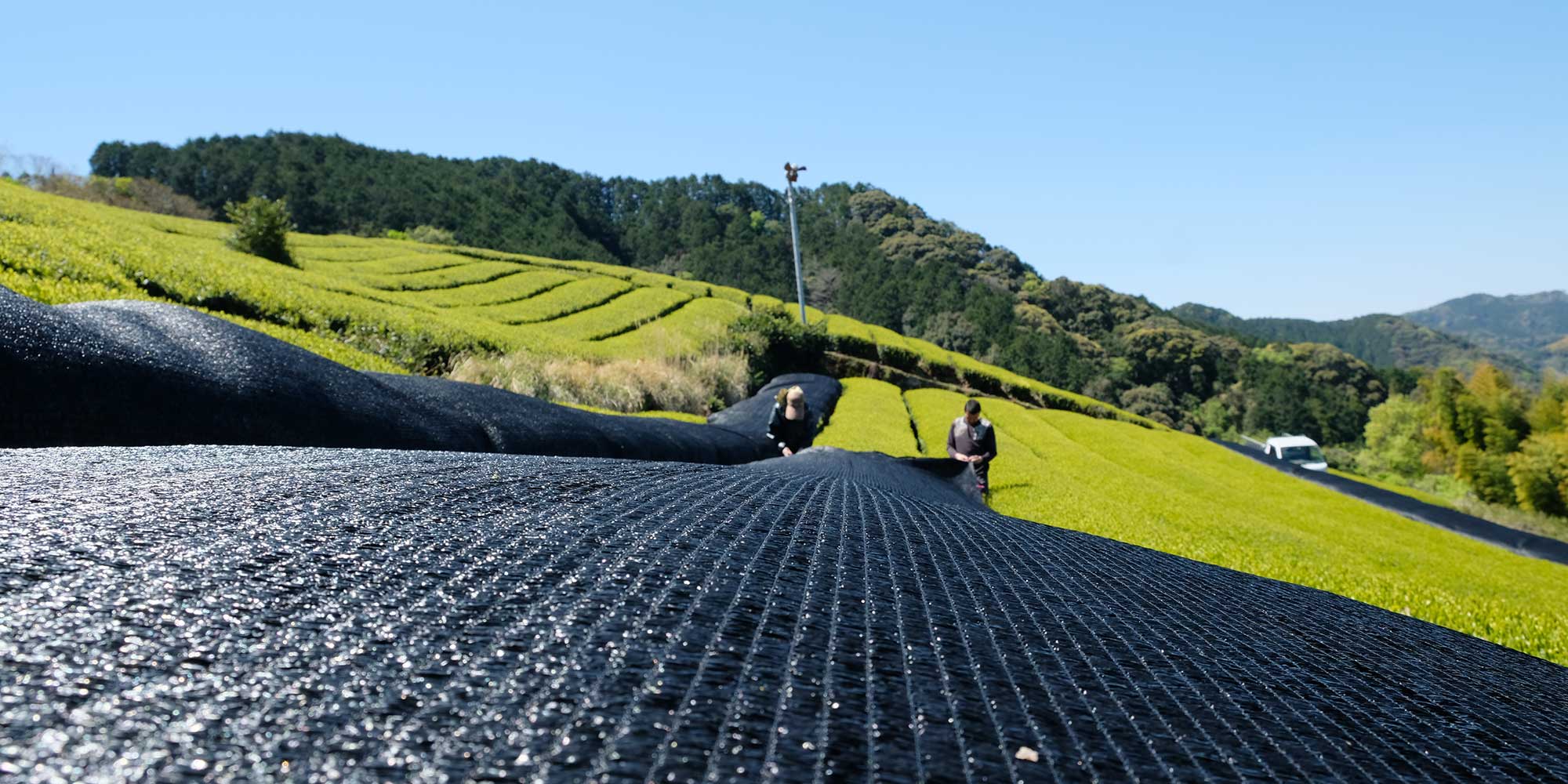
Matcha is a Japanese green tea, grown in the shade, harvested, and ground into a fine, vibrant green powder. It comes from the leaves of the Camellia sinensis plant, the same species used for all true teas (green, black, white and oolong). Unlike regular green tea, where leaves are steeped and discarded, matcha powder is whisked into the water, meaning you consume the whole leaf — potentially gaining more antioxidants per cup.
The truth about health drinks - From kombucha to kefir to apple cider vinegar, we look at the evidence behind popular health drinks to see if their wellness claims stack up
What are the potential health benefits of matcha?
Research shows that matcha contains higher levels of nutrients than a regular cup of green or black tea. However, this can vary between different products, and benefits aren't clinically proven in humans. Lab analysis has revealed that it has the potential to assist with the following:
Helps to protect against disease. It's rich in antioxidants, including beta-carotene and lutein, as well as catechins, all of which help combat cell damage from free radicals.
Supports memory and cognitive function. Ceremonial-grade matcha is particularly rich in the 'calm alertness' amino acid L-theanine. It works in tandem with caffeine for a steady energy boost. A 2022 academic review found that it helps decrease stress and anxiety, as well as improve memory and short and long-term cognitive function.
High in fibre. A 2024 study found that its total fibre content can be as high as 56.1g per 100g, with one tablespoon (around 12g) containing almost 7g of dietary fibre. Looking to up your fibre intake? Check out High-fibre foods to eat more of.
Rich in vitamins and minerals. The whole-leaf product contains vitamins, including A (beta-carotene), C, E, and K, as well as potassium, calcium and iron.
Best multivitamin supplements 2025 - we've assessed multivitamin and mineral supplements from brands including Boots, Centrum, Holland & Barrett and Seven Seas to uncover the best
Is matcha safe?
Consuming matcha in moderation is generally safe for most people, but there are a few important considerations, explains Professor Amira Guirguis, chair of the Royal Pharmaceutical Society's science and research committee.
Caffeine content: Professor Guirguis says: 'Because it contains caffeine, matcha can interact with some antidepressants, antibiotics and ADHD medicines, sometimes leading to rapid heartbeat, high blood pressure or headaches'. It’s also been noted that it can worsen anxiety, disturb sleep and trigger irregular heart rhythms.
Decreased iron absorption: Matcha contains compounds that may reduce iron absorption. The British Dietetic Association advises avoiding tea or coffee during meals — this includes matcha — especially for vegans and vegetarians.
Medication interactions: Matcha may increase the risk of bleeding with blood thinners such as warfarin, reduce the effectiveness of certain blood pressure medications, and alter how the body metabolises cholesterol-lowering treatments, such as statins.
Health conditions: Professor Guirguis warns: 'People with bleeding disorders, anxiety, heart problems, diabetes or liver disease should be cautious with matcha.'
The take-out: If you take prescription medicines or have a long-term condition, consult your pharmacist or doctor before drinking matcha regularly or taking supplements. It’s also worth noting that concentrated supplements carry a greater risk and should only be taken under the guidance of a medical professional.
Six surprising foods and drinks that could affect your medication - What you eat or drink can affect how well your medication works, and can even be dangerous
Caffeine: matcha vs coffee
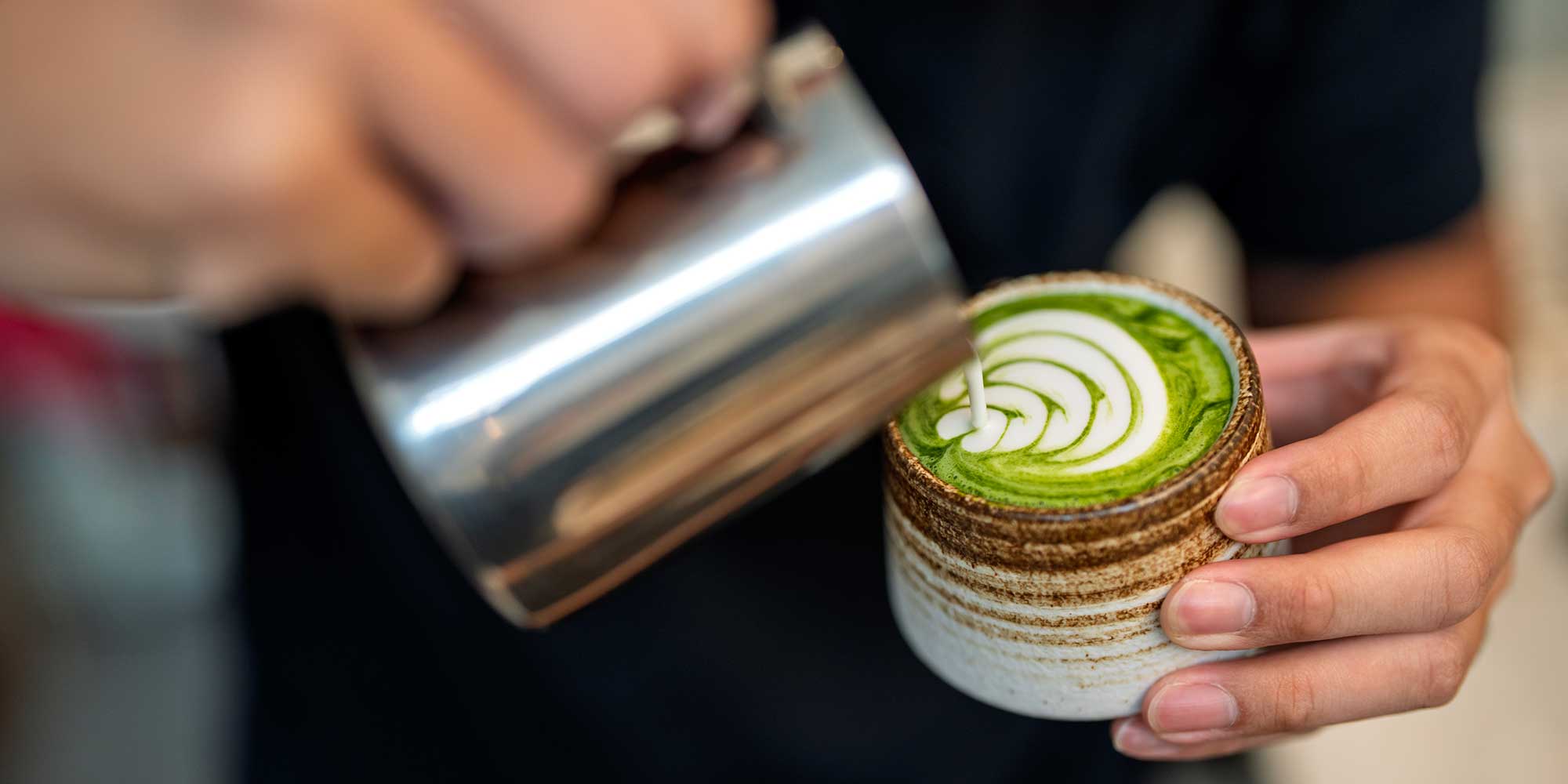
If you're looking for a caffeine boost, both matcha and coffee have good amounts, plus both contain nutrients in the form of antioxidant polyphenols.
However, research has repeatedly shown that, as well as caffeine, matcha contains the 'calm alertness' amino acid L-theanine, which coffee doesn't, and it's this combination that produces a state of enhanced alertness that helps to focus attention without some of the side-effects of caffeine, such as the jitters.
For context, a typical 2g serving (approximately one teaspoon) of high-quality matcha contains 20-40mg of L-theanine. Researchers suggest that a combination of around 100mg of L-theanine and 40mg of caffeine helps focus attention during demanding cognitive tasks.
How does matcha compare to coffee in terms of caffeine content?
| Product | Serving size | Caffeine content |
|---|---|---|
| Can of matcha latte (Ueshima Coffee Company) | 250ml can | 92.5mg |
| Average espresso* | 60ml | 80mg |
| Cup of matcha tea (ceremonial-grade powder) | 2g (1tsp) of powder | 68mg |
| Starbucks Matcha Green Tea Latte | Tall takeaway cup (354ml) | 57.2mg (2 scoops of matcha) |
| Perfect Ted Original Matcha Nespresso- compatible pods | One pod (1.5g) | 51mg |
* EFSA (European Food Safety Authority) data
How much matcha and caffeine is in your matcha product?
Many matcha products don't disclose the amount of matcha or caffeine they contain, and some fail to specify the type of matcha used. There's no legal requirement to disclose this information, but consumers can't easily judge the caffeine content without it. For example, Costa's Matcha Latte and M&S Yay! Mushrooms AM Dosing Shot (£1.70 for 100ml, Ocado) list only 'matcha' without details. Starbucks is clearer, stating how much caffeine there is per scoop of its powder.
The Food Standards Agency advises a daily limit of 400mg caffeine (200mg in pregnancy), and a potential ban on high-caffeine drinks for under-16s could affect some matcha products.
Matcha latte and other ways to have matcha
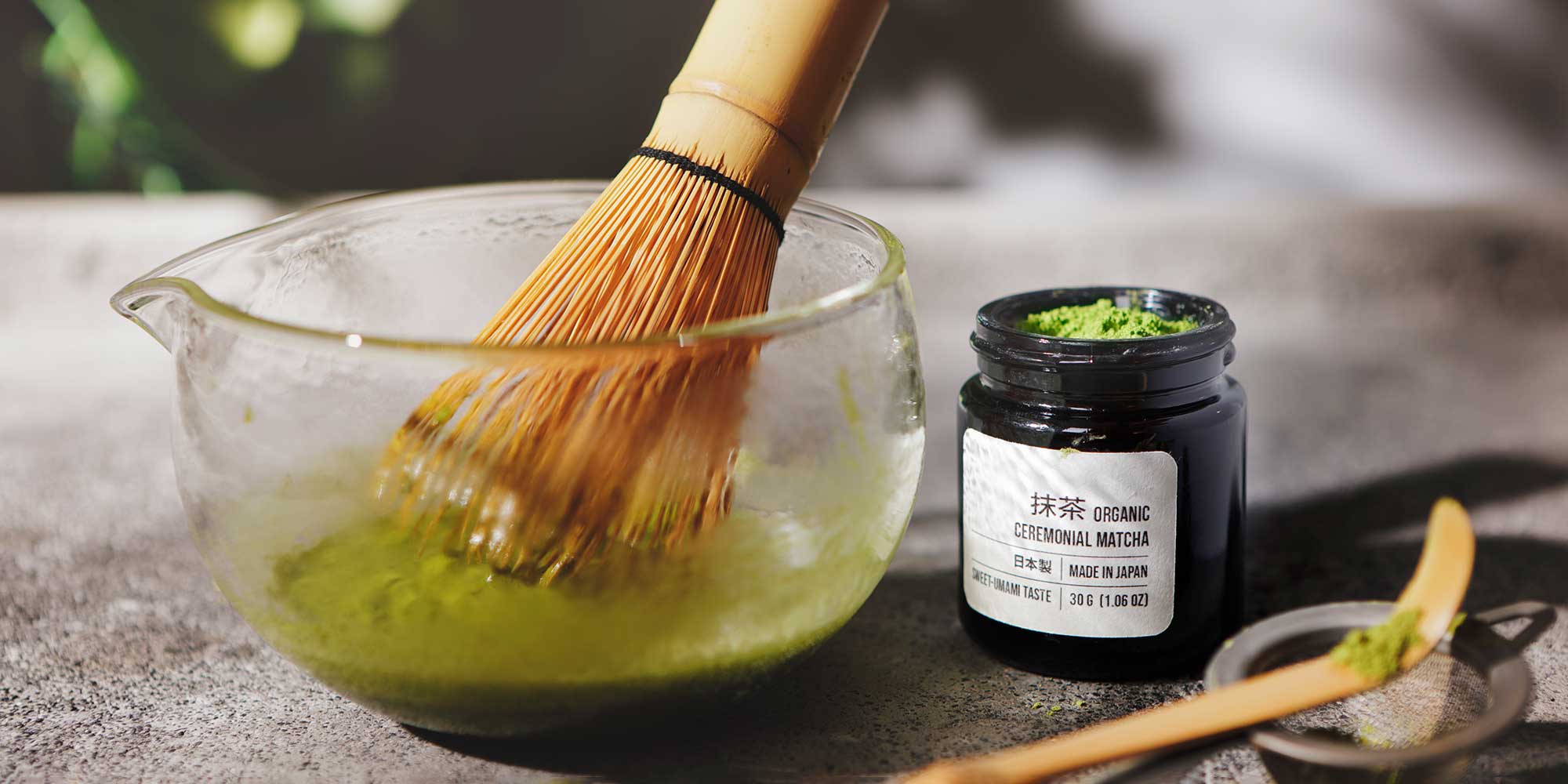
The conventional way to consume matcha is to mix matcha powder with water using a traditional bamboo whisk to form a frothy drink. However, in an ever-expanding market, there are plenty of other ways to do it.
Matcha latte and other beverages. High street coffee chains such as Starbucks, Caffè Nero, Costa, and Gail's sell these, plus you can find ready-made versions in supermarket chiller cabinets, available as either dairy or plant-based alternatives. You can also buy matcha Nespresso-compatible pods (such as Perfect Ted Matcha Green Tea Powder Pods, £4.60 for 10 x 1.5g pods, £1.59 per 100g, Sainsbury's).
On-the-go matcha options. These include matcha powder sachets - one example is Clearspring Organic Shot, eight sachets for £6.25, 78p per 1g serving, Ocado).
Matcha-infused foods. Whether it's baked goods, desserts, chocolate or popcorn, there are plenty of foods for sale with 'matcha' on the label. For example, Little Moons Uji Matcha Green Tea mochi ice cream (£5 for 6, £2.60 per 100g, 83p per mochi, Ocado), and Doughlicious Matcha & White Chocolate Chip cookie dough (£3.75 for 240g, £1.84 per 100g). Although they tend to have the word 'matcha' in the name, it's worth checking how much they actually include - in some cases, it may be just 'lightly dusted with matcha powder'.
Best milk frothers 2025: for perfect coffee and hot chocolate - Dualit, Lavazza, Velvetiser and more: we've tried and tested frothers to find the best frother for your coffee or hot chocolate
Buying matcha powder and matcha products: what to look for
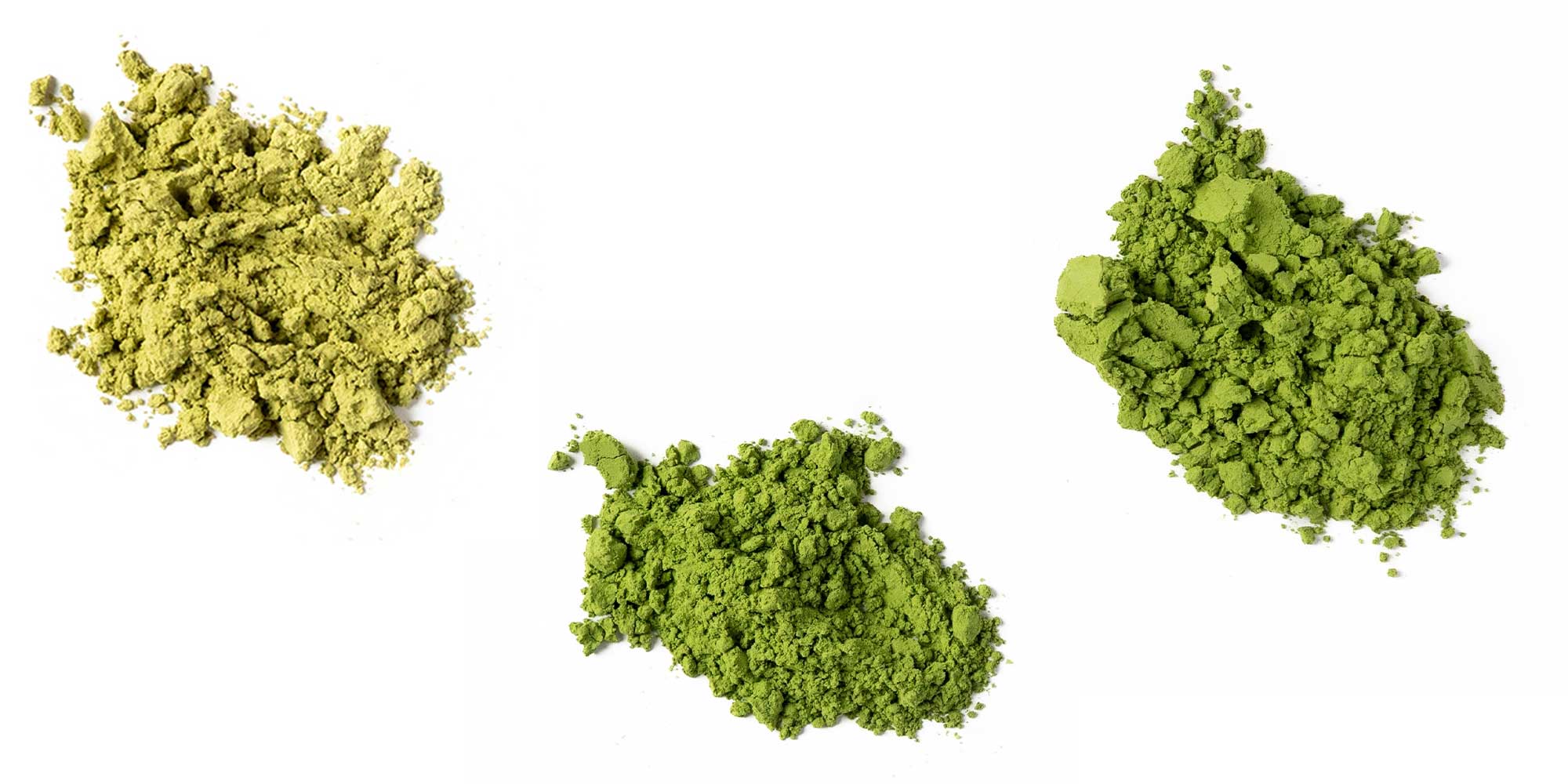
There's a lot of hype surrounding matcha, but not all matcha products are created equal and there are no regulations to confirm. Here are some pointers to help you choose:
- Look for 'ceremonial grade' on the packaging. There are three main grades of matcha: ceremonial, classic and culinary, with ceremonial being the most expensive because it's the purest. Ceremonial grade will look almost neon green, whereas other types are paler green or even khaki. Classic and culinary grade still confer plenty of nutritional benefits, but are likely to taste more bitter and aren't as finely ground.
- Watch out for 'flavouring' and other terms. While 'green tea powder' can be used on labels as a catch-all for classic or culinary grade matcha, you might also see terms like 'natural matcha green tea flavouring' or 'matcha tea extract' being used - these are not the same as 'matcha powder' and will have variable ingredients.
- Check where matcha is in the running order of ingredients. Ingredients lists on packaging show what's in them in order of abundance (as well as telling you if your matcha is ceremonial grade or simply 'matcha powder') so the nearer to the start of the list, the more there'll be in it. If it comes after sugar, you'll know it contains more sugar than matcha. In the case of Oat Shaker Matcha and Pineapple drink, it was the last ingredient listed, with less than 1% matcha in it despite the name (£3.50 for 750ml, 47p per 100ml, Sainsbury's).
- Keep an eye out for sugar. Manufacturers might add this to matcha products to compensate for any bitterness, but you might not necessarily notice it. For example. One glass of Tesco Vanilla Flavour Matcha Concentrate (£3.65 for 500ml, 75p per 100ml) made with 150ml of semi-skimmed milk and a 50ml serving of concentrate contains 12.1g of sugar (around two teaspoons). Drink Me Chai Signature Blends Matcha Latte (£5.50 for 238g, £2.31 per 100g, Morrisons) contains 20g of sugar per serving, 17g of powder plus 200ml semi-skimmed milk.
* Grand View Research 'Matcha Market Size, Share & Trends Analysis Report', 2024 - 2030

